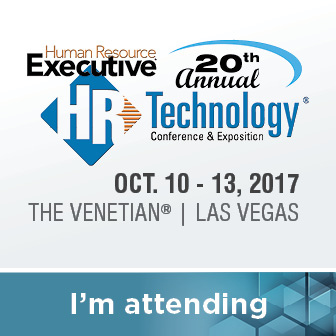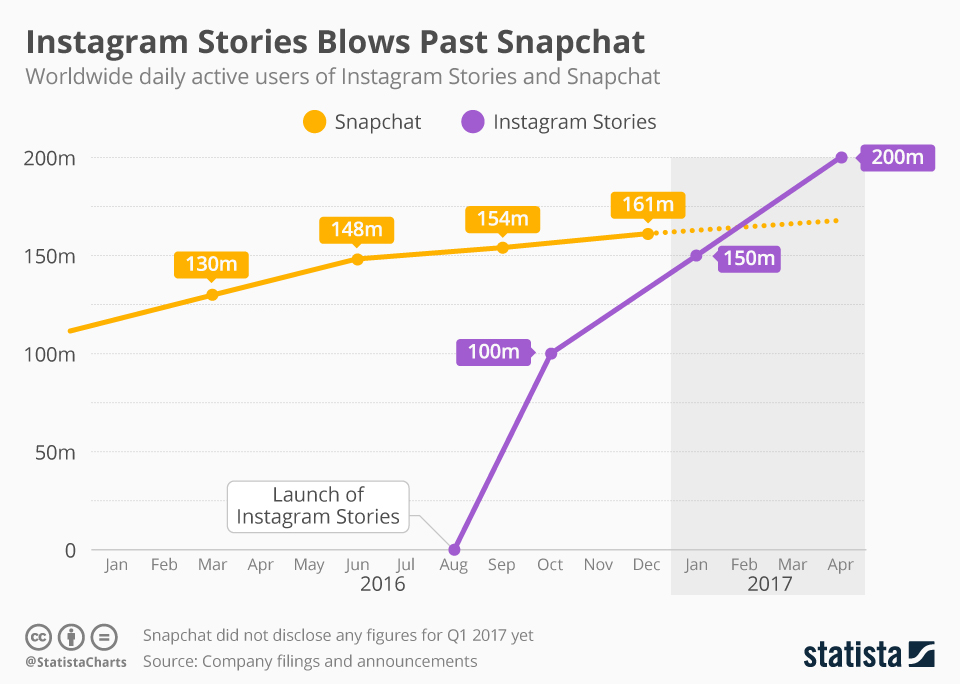Once again, I offer my semi-frequent reminder and pointer for blog readers that I also write a monthly column at Human Resource Executive Online called Inside HR Tech that can be found here.
This month, I take a look at the emerging consumer and personal technology trends that are driving and shaping next generation HR and workplace technologies. While some of these themes or trends are just extensions and evolutions of ideas and concepts we have been talking about for a while, (mobile, real-time, personalized), it still can take time, even years, for these consumer tech trends to manifest in HR technologies.
I like to think that we are entering (or maybe have already entered), an amazing era of innovation and transformation in HR and workplace tech, much of it being driven by evolving and demanding user expectations, and the changing of the what we think about when we think about HR tech.
In this month's HR Executive column I examine a a few of the themes or trends that I am seeing in HR, HR Tech, and the workplace, and how these trends will help inform and shape the design, development, and deployment of HR and workplace technologies in 2017, and beyond. This was a fun exercise for me, and I hope you get some ideas and insights from this review as you plan out your year and make your HR technology decisions.
From the HRE piece:
I've been working on a couple of new talks that I will be giving this year centered around one key idea that has been talked about for some time in HR-tech circles but is now -- finally -- becoming more prevalent in the design, deployment and impact of HR-technology solutions.
The idea is a simple one. Namely, that the traditional way HR and other workplace technologies have been designed -- by programmers, then marketed and sold to CIOs or IT managers, and finally deployed and configured primarily for the needs of the power users in the payroll and HR departments -- is no longer that useful.
The continuing series of tech-driven advances in our personal and consumer lives -- such as e-commerce sites that learn our preferences and make personal product recommendations; smartphones and the emergence of app stores that let us design our own preferred toolsets; "intelligent," crowd-sourced platforms that help us beat traffic jams; and ubiquitous and constant Internet connections -- have combined to create heightened expectations of workplace technologies that look, feel and function like the best consumer technologies we have come to love.
Most importantly, the next generation of the workforce has never known a time when these personalized, highly adaptable, intelligent and easy-to-use types of technologies did not exist.
Indeed, before walking into your organization for their first day of work, these new employees might have dressed in clothes that were personally selected for them and shipped directly to their houses by StitchFix; have prepared to meet their colleagues by perusing their LinkedIn, Twitter or GitHub profiles; learned about your industry and their new job functions by watching YouTube videos and reading Quora threads; and traveled to the office by summoning a car to their house via Uber or Lyft, or dodging the traffic using Waze. And they did all this on their smartphones. It is no surprise, then, that these new workers are expecting the same kinds of capabilities, flexibility and ease of use from the technology they will use at work.
Both HR-technology providers and HR leaders are being spurred on to adapt to these new challenges by creating and deploying modern HR technologies that incorporate these kinds of consumer elements and expectations of personalization, beautiful design and ease of use into the next generation of HR tech tools. The evolution of HR and workplace technologies has begun, and the most effective organizations will look to modernize their workplace tools to meet this new, demanding and tech-savvy employee.
Let's highlight five current manifestations of how modern HR technologies are adapting to meet these these new requirements, and share some thoughts on how HR leaders can better assess, select and deploy HR-technology solutions to meet these demands.
Mobile
The Internet traffic and measurement firm StatCounter recently released a report showing worldwide Internet usage from mobile and tablet devices has surpassed internet usage from traditional PCs and laptops, with 51 percent of all Internet usage via mobile. This is a trend that is showing no signs of abating anytime soon. When broken down generationally, it reveals that younger generations prefer mobile over desktops and laptops even more prominently. Three or four years ago, it was common for organizations and HR-technology-solution providers to have a "mobile strategy." Now it seems almost behind the times to explicitly discuss "mobile" tools as something distinct from traditional workplace applications.
Connected
I thought about calling this example "Social" to represent how the growth of social networks in the last decade and their popularity with the younger demographic has influenced almost every type of HR and workplace technology, but I think "connected" is a better term to describe how social will continue to influence HR and workplace technology moving forward. "Social" feels a little superficial to me, and besides, I don't think it adequately represents the importance of community and younger workers feeling like they are a part of something larger that is considerably important to them. They want to be connected at work similar to the ways they are connected in their personal lives -- not chasing "likes" on their latest selfie, but coming together with their peers, sharing their knowledge and ideas, helping and supporting each other, and finally "belonging" to something important.
A great example of this new trend is in the learning-technology realm, where newer systems provide the capability for all end users to share their expertise and upload their own video tutorials, and for other users to build upon this content with comments, addendum and upvotes, indicating that the content was particularly helpful and useful. Communities end up self-forming around subjects and content that are important for the organization, and people feel more connected and supported by their colleagues as well.
Read the rest at HR Executive online...
If you liked the piece you can sign up over at HRE to get the Inside HR Tech Column emailed to you each month. There is no cost to subscribe, in fact, I may even come over and clean out your gutters, take your dog for a walk, or help you plan your summer vacation.
Have a great week!


 Steve
Steve



